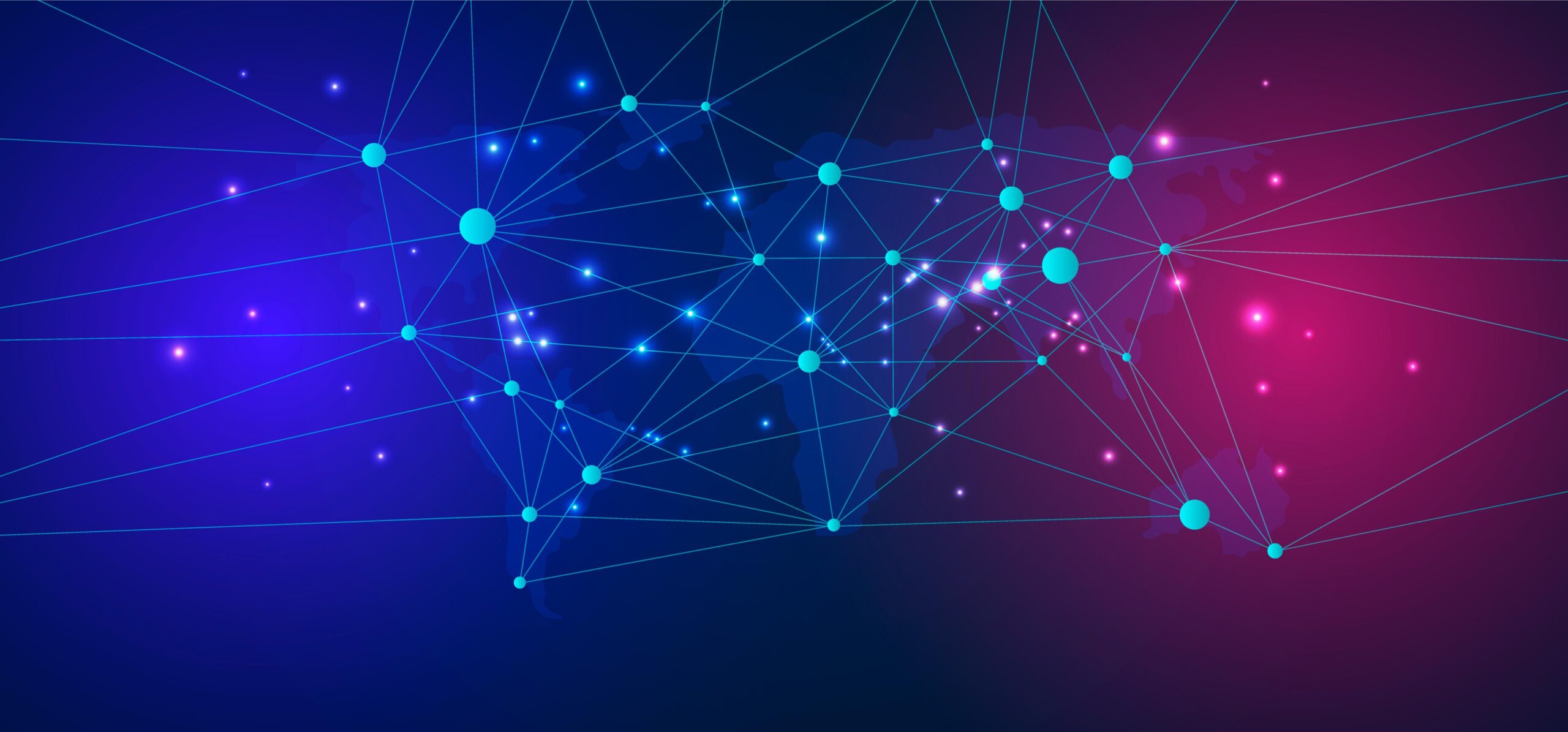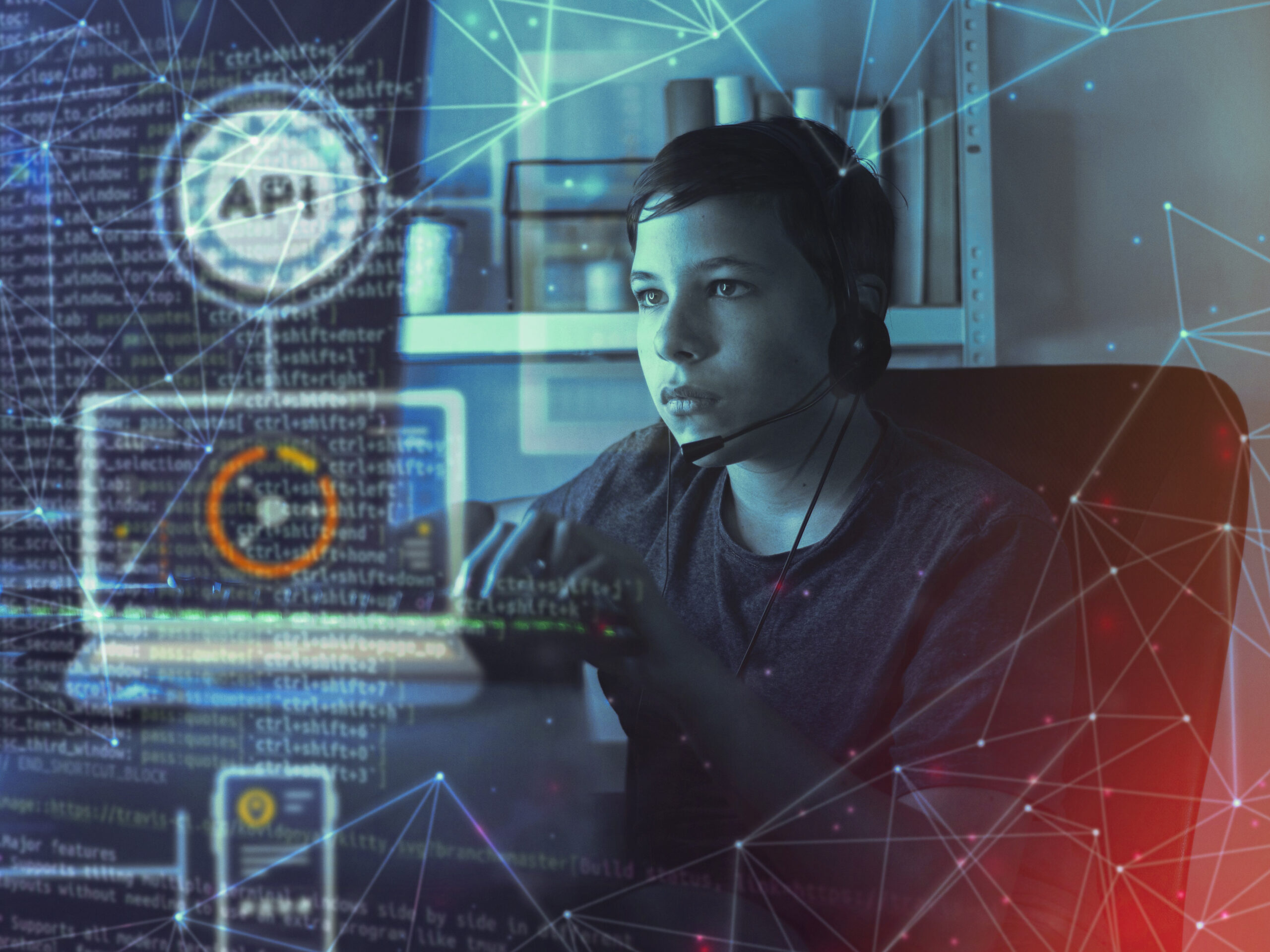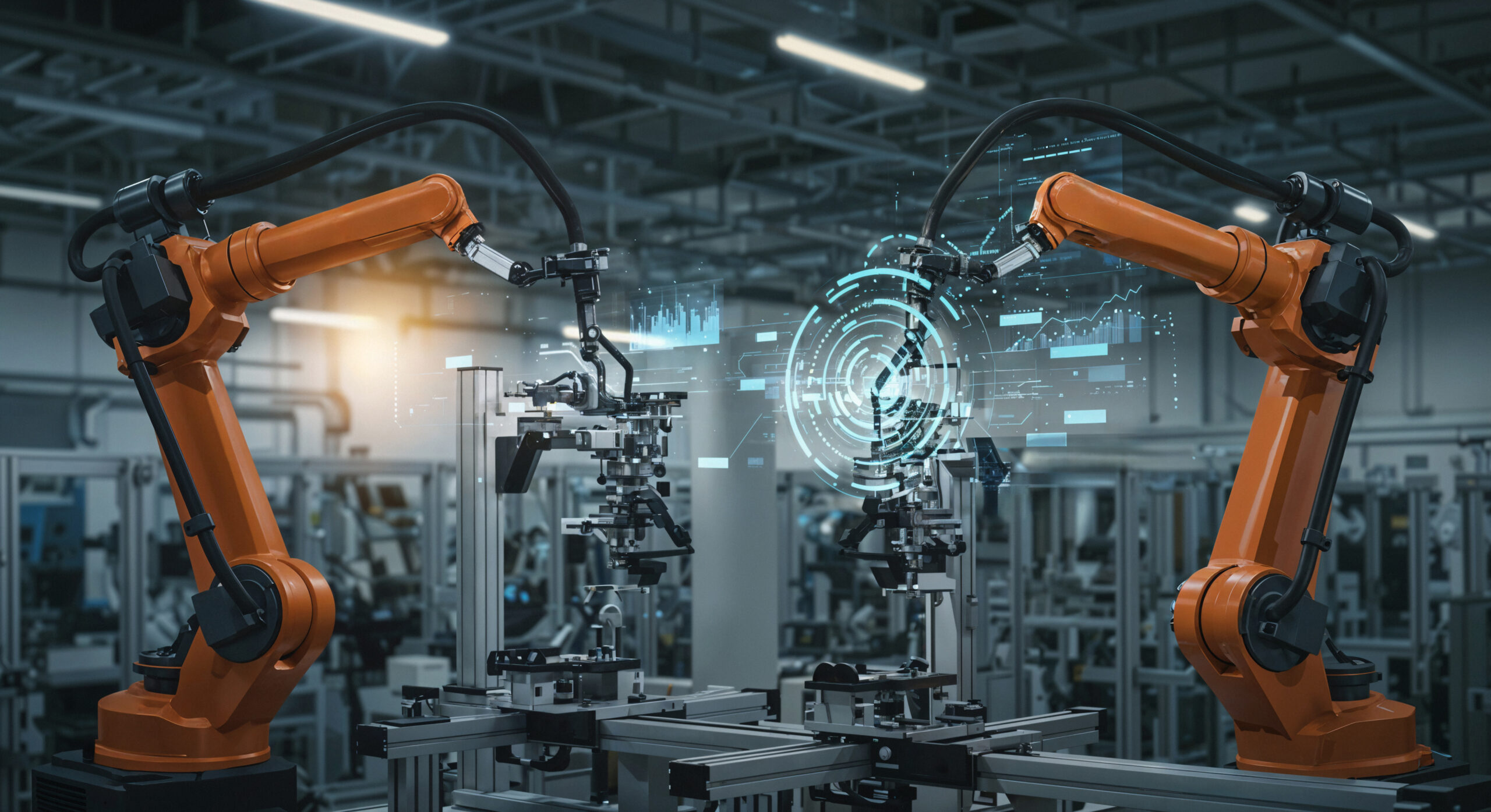Unlocking the Power of Human Face Detection: The Future is Here
In today’s rapidly evolving digital world, the ability for machines to recognize and detect human faces is no longer the stuff of science fiction — it’s an everyday reality powering everything from your smartphone’s security to advanced surveillance systems and personalized marketing. But what exactly is human face detection, how does it work, and why does it matter so much? Let’s dive in.
What is Human Face Detection?
Human face detection is a computer technology used to identify and locate human faces in digital images and videos. It’s the first step in many advanced applications such as facial recognition, emotion detection, virtual reality, and biometric authentication.
Unlike face recognition — which matches a detected face to a known identity — face detection’s main goal is to simply find faces within an image, regardless of whose they are. Think of it as the eyes and ears of modern smart systems.

How Does Face Detection Work?
Behind the scenes, face detection leverages complex algorithms and deep learning models that mimic how our brain processes visual information. Here’s a simplified look at how it works:
1️⃣ Image Acquisition: A camera captures a frame or photo.
2️⃣ Pre-processing: The system enhances the image to handle variations in lighting, angles, and background clutter.
3️⃣ Feature Extraction: It searches for patterns typical of human faces, such as eyes, nose, mouth, and symmetry.
4️⃣ Classification: Machine learning algorithms decide whether these patterns actually represent a face.
5️⃣ Localization: Once confirmed, the system draws a bounding box around the detected face(s).
Popular frameworks like OpenCV, Haar cascades, and deep neural networks have revolutionized the accuracy and speed of face detection over the years.
Real-World Applications of Face Detection
Human face detection is transforming industries in fascinating ways:
✅ Smartphones & Laptops: Unlock your device with a glance — thanks to face detection and recognition.
✅ Security & Surveillance: Intelligent CCTV systems can detect suspicious activity in real-time.
✅ Retail & Advertising: Brands can analyze customer demographics to tailor shopping experiences and digital ads.
✅ Healthcare: Detect patient emotions and stress levels for better diagnosis and care.
✅ Social Media & Photography: Auto-focus on faces, apply filters, or tag friends automatically.
Benefits and Challenges
Benefits:
-
Enhances security and privacy.
-
Enables seamless user experiences.
-
Provides valuable data insights.
-
Improves human-computer interaction.
Challenges:
-
Privacy concerns and ethical debates.
-
Variations in lighting, angles, and occlusions can affect accuracy.
-
Potential bias in training datasets leading to unfair results.
Responsible AI development and robust privacy regulations are vital to balance the benefits with ethical use.
What’s Next for Face Detection?
The future holds exciting possibilities: better real-time performance, emotion-aware AI companions, immersive AR/VR experiences, and contactless authentication everywhere. As AI and computer vision keep advancing, face detection will continue to make our world more connected, secure, and interactive.
Conclusion
Human face detection has moved from research labs to our pockets and cities, quietly transforming how we live, work, and connect. As developers, businesses, and everyday users, embracing this technology responsibly can unlock tremendous value while respecting privacy and fairness.
Are you ready to explore how face detection can elevate your business or project? Let’s make the future smarter — one face at a time!
If you’d like, I can also tailor this blog for your company’s website, add SEO keywords, or adapt it for LinkedIn, Facebook, or Instagram. Just say “Yes, personalize it!” 🚀✨






